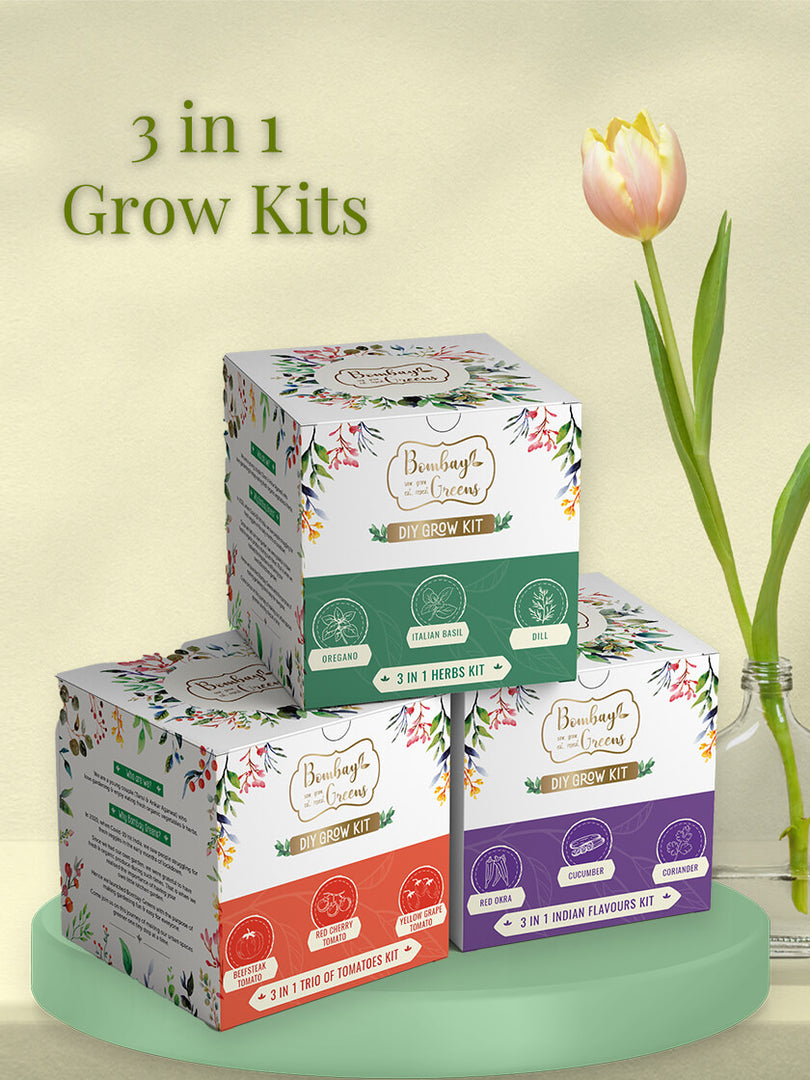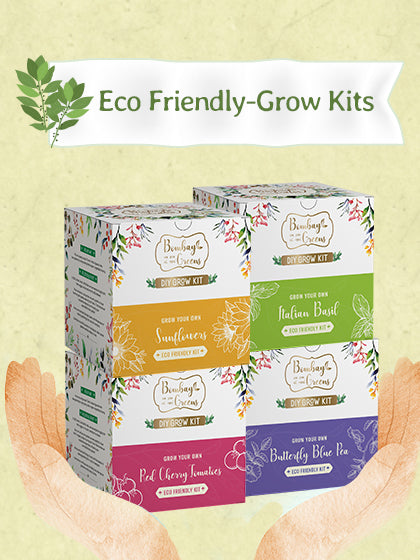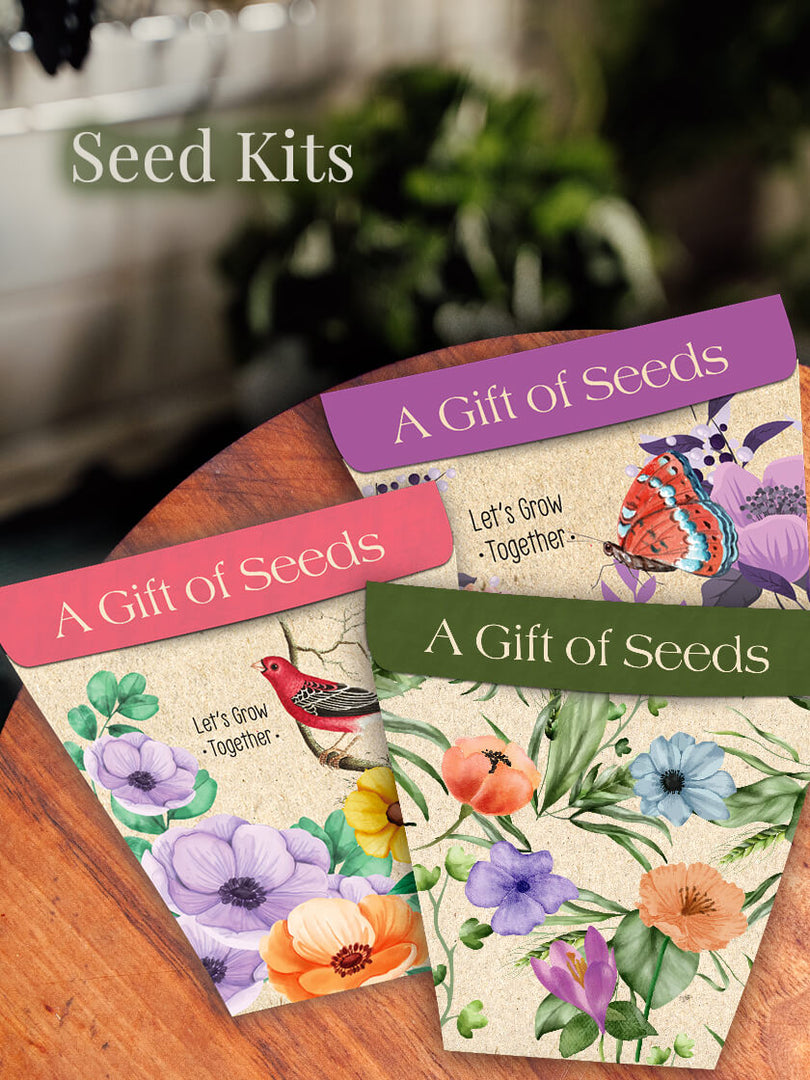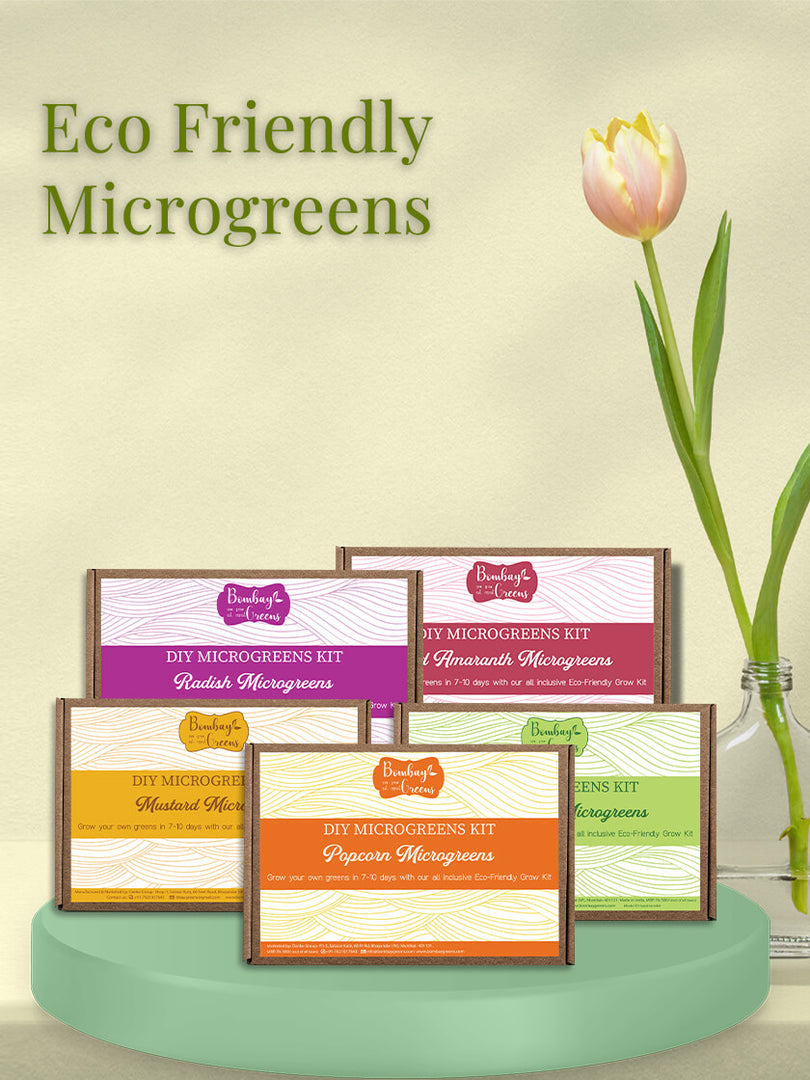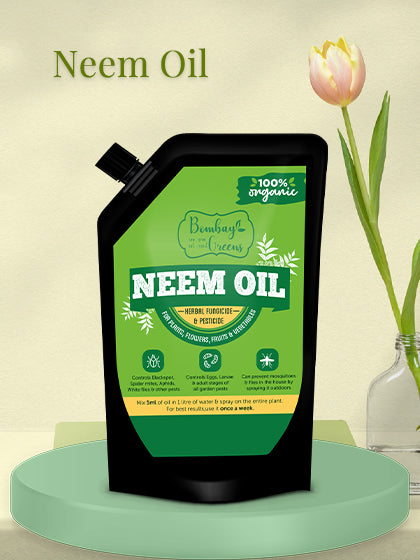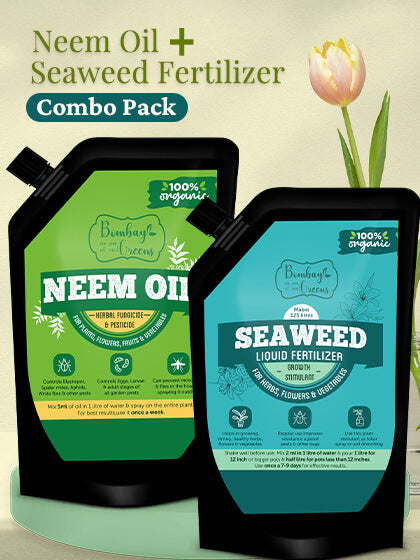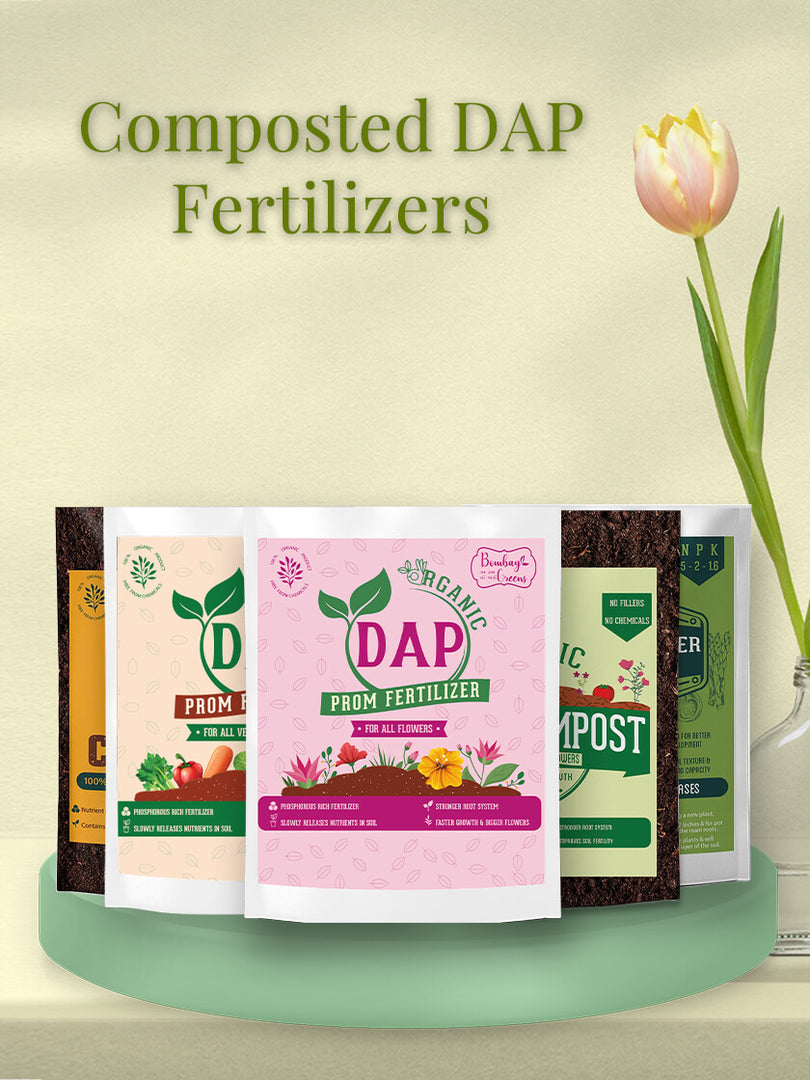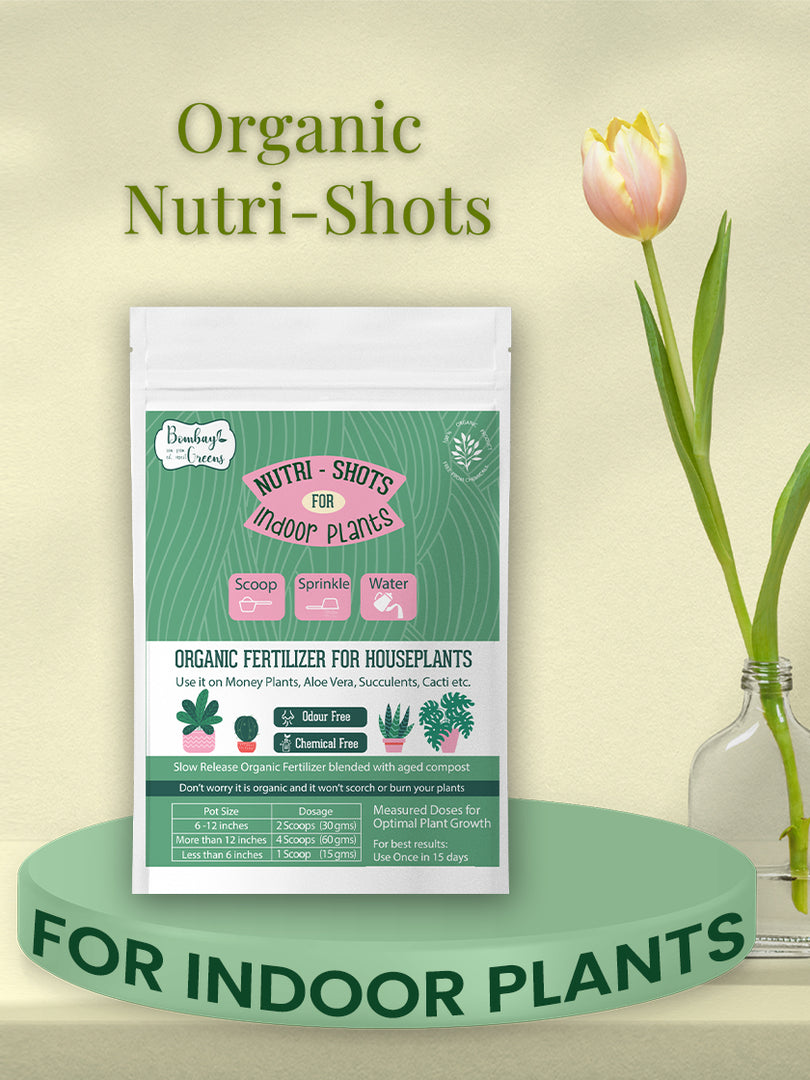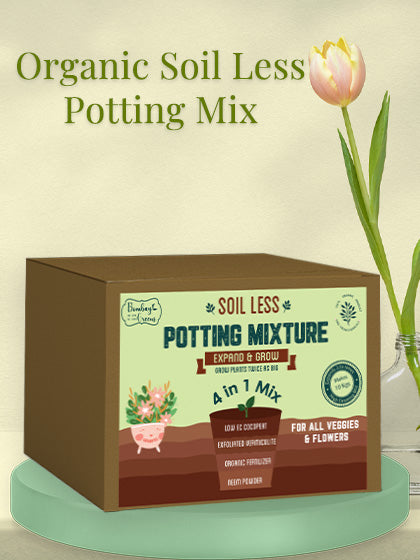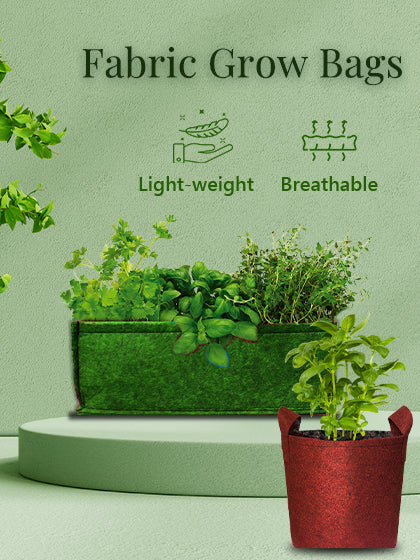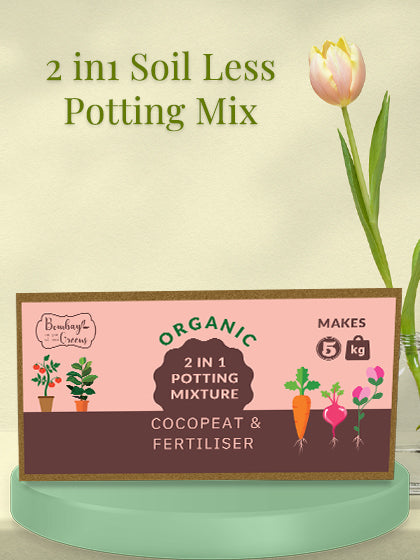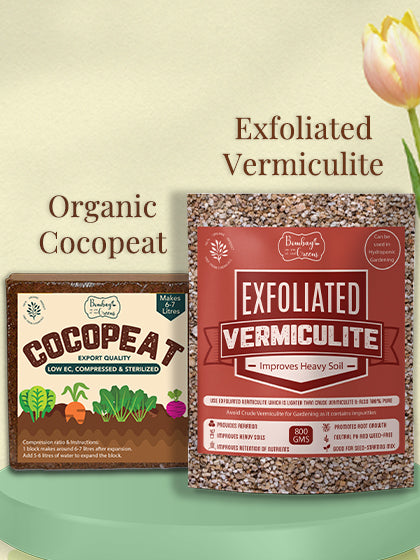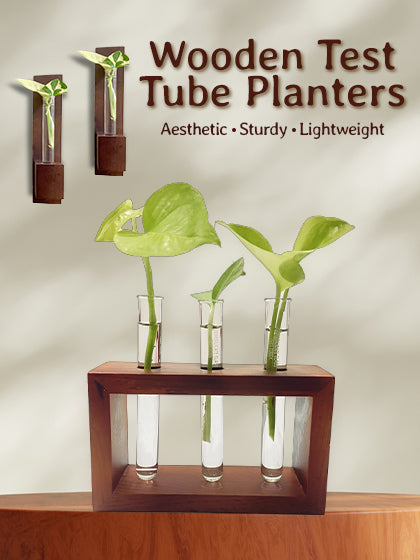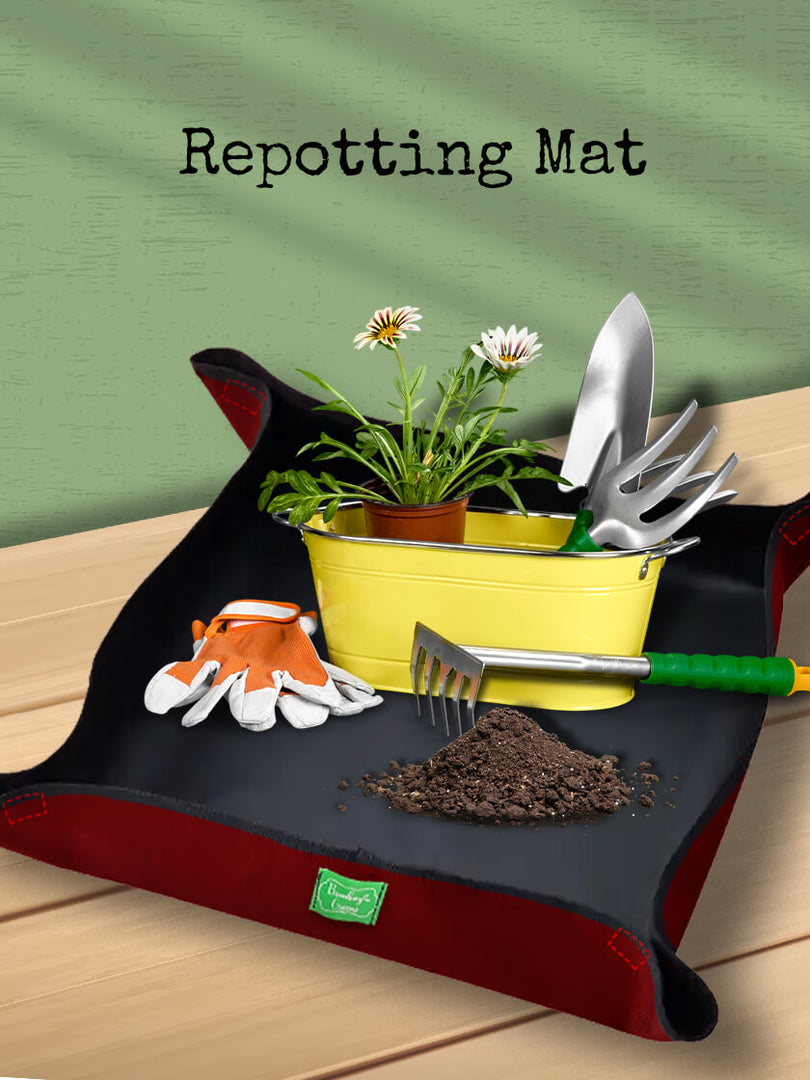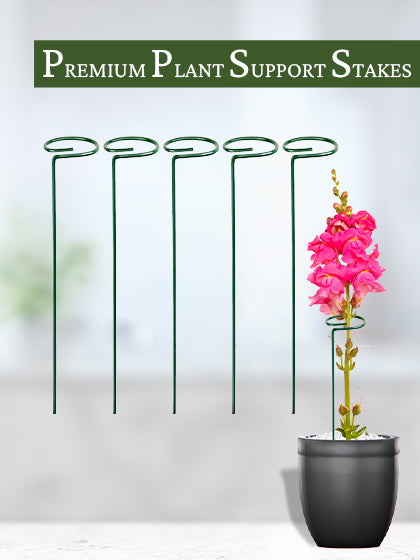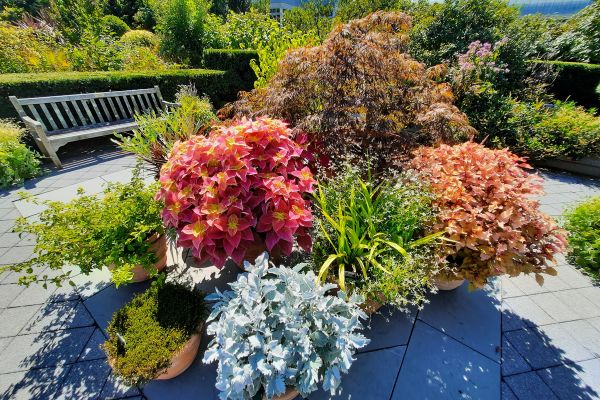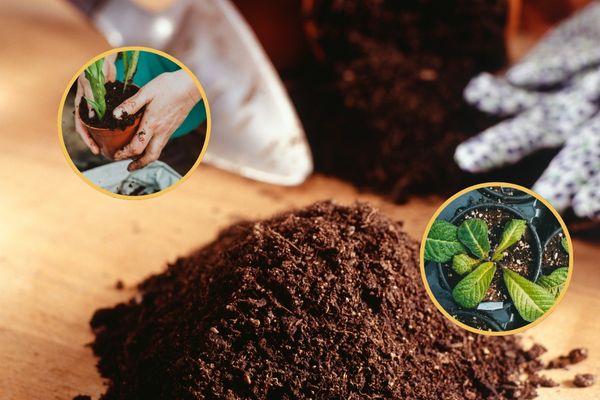| What's in the article: |
DAP Vs NPK Fertilizer: Key Differences and Best Uses - Introduction
Whether you are an experienced farmer or a novice gardener, it is important to explore different combinations of fertilizers to increase flower and crop yields by providing the best nutrition and ensuring healthy plants.
What is DAP Fertilizer?
-
DAP Full form:
The full name of DAP fertilizer is Diammonium Phosphate.
-
DAP fertiliser content:
DAP fertilizer contains a concentration of Ammonium ions for nitrogen and Phosphate ions for phosphorus. Nitrogen content in DAP is 18%, and phosphorus is 46%.
-
The uses of DAP fertilisers:
DAP is the best fertilizer for early-stage plant growth as it has a concentration of both nitrogen and phosphorus, which are important macronutrients for healthy plant growth. This composition makes DAP the best seed starter and gives young plants a healthy start.
-
How it helps:
DAP helps in seed germination and root development of plants and early growth of vegetation.

What is NPK Fertilizer?
-
NPK Full form:
The full name of NPK is nitrogen, phosphorus, and potassium fertilizer.
-
NPK Composition:
NPK fertilizer is considered a balanced mixture of the three most important nutrients, which are essential for all plants. It is available in varying ratios and used for varying purposes. A 10-10-10 equally balanced ratio, a 15-15-15 ratio is a high nutrient mix, and a 12-32-16 ratio is high in phosphorus and is the best NPK ratio for flowering and fruiting.
-
Uses of NPK:
If you want to enhance the resistance of your plants to diseases and improve the general health of your plants, use NPK fertiliser. It helps in the flower and fruit production of your plants or crops.
-
How NPK helps:
The nitrogen in NPK promotes the growth of leaves in plants, while phosphorus enhances the development of roots and flowers. Potassium improves general plant strength and resistance to diseases. NPK quickly adapts itself to different types of liquid fertilisers, organic mixes or slow-release granules that are used in vegetable gardens, fruit orchards or ornamental flowering plants.
Difference Between DAP and NPK
Before you start gardening or fruit, vegetable or crop farming, it is important to know the difference between DAP and NPK fertiliser and how they support fruit, flower and vegetable development. Tabled below are the key factors that show the difference between DAP and NPK fertilisers:
| Key Factors | DAP | NPK |
| Full form | Diammonium Phosphate | Nitrogen, Phosphorus, and Potassium |
| Nutrient ratio | 18-46-0 | Varies |
| Nitrogen content | 18% | Varies |
| Potassium | None | Yes |
| Best uses | Early-stage growth | Full lifecycle of the plant |
| Crops to be used for | Wheat, maize, rice | Vegetables, fruits, flowers |
| Impact on soil | Raises ph slightly | Neutral |
While planning your farming calendar or buying your gardening equipment, planter bags and liquid fertilizers it is prudent to know the difference between DAP and NPK fertiliser.
When to Use DAP vs NPK Fertilizer
Knowing when to use DAP or NPK fertilizer helps you to maximise your plant health and crop yield. Below are some answers to the best use of each:
- DAP vs NPK, which is better for flowering plants? NPK, because it uses a high blend of phosphorus and potassium to enhance blooming and fruiting.
- DAP fertilizer vs NPK for fruit trees: Potassium content in NPK promotes fruit size and taste, and is better.
- How to choose the right fertilizer for a vegetable garden: Conduct a soil test to assess the nutrient scale. Then apply DAP at an initial stage. Shift to NPK during the flowering and fruiting stage. Mix with liquid fertilizer for faster absorption.
- DAP fertilizer NPK ratio: DAP is not truly an NPK fertilizer. Its nutrient profile can be shown in a ratio of 18-46-0.
Advantages of DAP over NPK fertilizer
DAP has a higher phosphorus content to promote the early development of the plant’s roots and branches. It is easy to apply and is more economical for cereals and grain crops that are planted on a large scale.
Conclusion
By now, you must have realized that the answer to your questions of what is the difference between DAP and NPK fertiliser, how to choose the right fertilizer for vegetable garden, fruit orchards or flowering plants or when to use DAP fertilizer in farming, depend on the stage of the lifecycle of your plant, its type and the condition of the soil. An excellent starter, DAP is good for crops like wheat, maize and rice, and is the best fertilizer for early-stage plant growth. NPK is best for vegetable gardens, fruit and flowering plants. Providing nutrition throughout the lifecycle of the plant.
First, understand the difference between DAP and NPK fertiliser before visiting a garden store to buy the most suitable gardening equipment, liquid fertilizers and planter bags for your gardens and farms.
Bombay Greens has all these and will guide you to make the right selection and help you to become the proud owner of healthy farms and plants, giving you higher yields.

FAQs
1. Which is better, DAP vs NPK?
DAP is best for early root development. NPK promotes fruiting, flowering and overall growth.
2. What is the NPK ratio of DAP?
The DAP ratio, similar to the NPK ratio, is 18-46-0.
3. Which is better for wheat, NPK vs DAP?
DAP is used while sowing wheat, and NPK is used later on in the crop cycle.
4. What are the disadvantages of DAP fertilizer?
DAP raises ph levels of soil slightly. It also lacks potassium and is not suitable for fruiting and flowering plants.
5. What is the main difference between DAP and NPK fertilizer?
DAP contains only nitrogen and phosphorus; NPK also contains essential potassium.
6. Which crops benefit the most from DAP fertiliser?
Cereal crops like maize, wheat and rice benefit the most from DAP fertiliser.
7. Is NPK better than DAP for vegetables?
Potassium in NPK makes it better than DAP for use in vegetables, improving vegetable yield and taste.
8. Can I use DAP and NPK together in the same season?
Yes, both DAP and NPK are used in the same season, but they are applied at different stages in the lifecycles of plants.
9. How do I know which fertilizer my soil needs?
Know which fertiliser your soil needs by conducting a soil test to determine its nutritional deficiencies.
10. When should I apply DAP fertilizer to my crops?
DAP fertiliser has to be applied before or at the time of sowing crops.
11. Is DAP good for flowering plants?
NPK is better than DAP for flowering plants because of its high phosphorus and potassium content.
12. How does NPK fertilizer support fruit development?
Contains potassium, which improves the taste, size and shelf-life of the fruit.
13. Does DAP affect soil ph?
Makes the soil more alkaline by raising the ph slightly.
14. What’s the best NPK ratio for tomato plants?
You can try a ratio of 10-10-10 or 5-10-10, depending on the stage of the lifecycle of the tomato plant.

Tanvi Agarwal - Co-founder
Driven by a deep-seated love for nature and a keen entrepreneurial spirit, she co-founded Bombay Greens, transforming urban spaces into thriving green havens. Recognizing the need for accessible and sustainable gardening solutions in the bustling city, she poured her passion into building a brand that empowers individuals to cultivate their own green spaces, regardless of their location or experience. Her vision extends beyond simply selling gardening items; it's about fostering a community connected to nature, one balcony, rooftop, and windowsill at a time.

